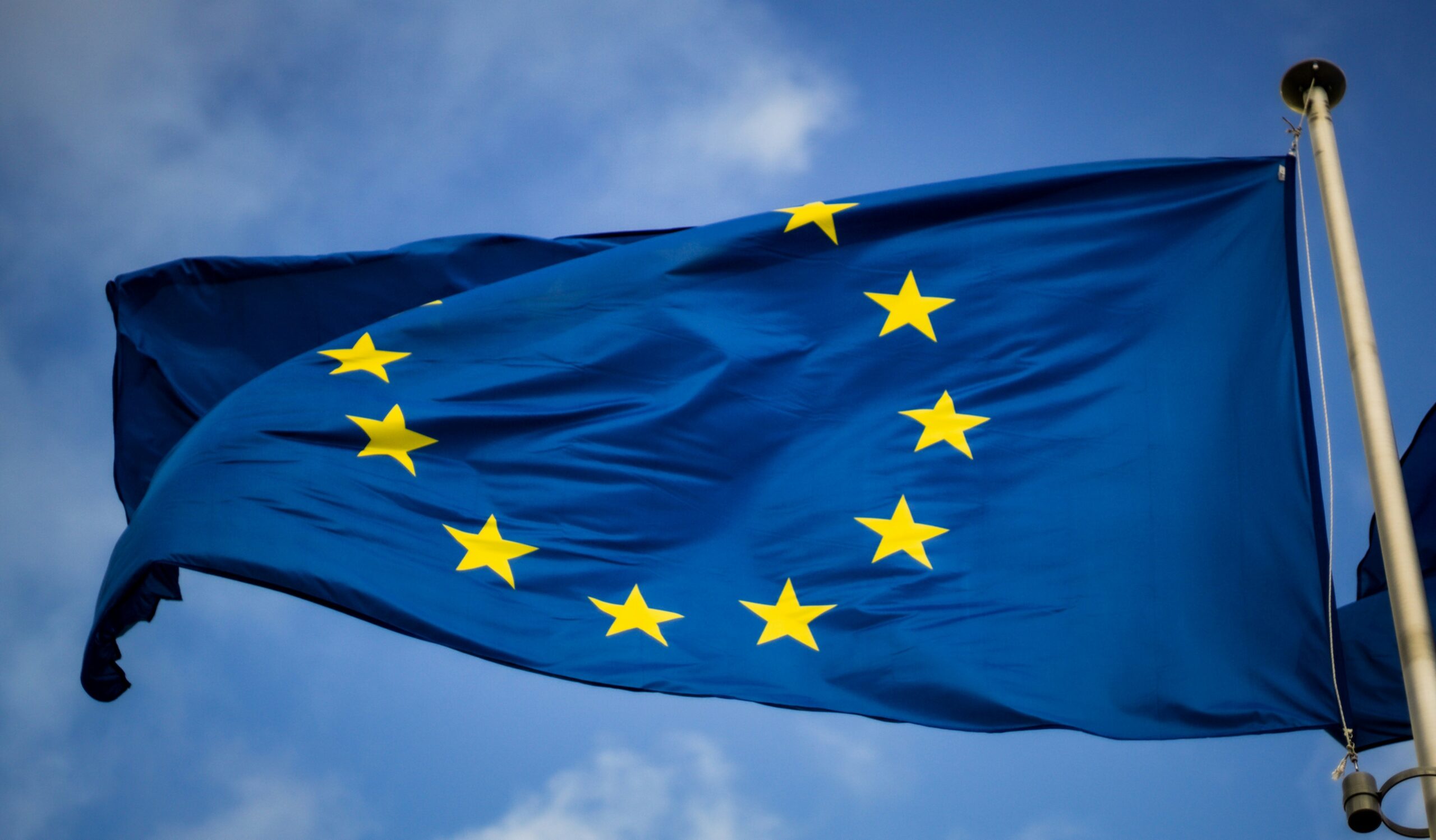Turab Musayev on The Volatile Future of European Power Markets

The past decade has fundamentally reshaped European power markets, leaving a legacy of higher prices, increased volatility, and a growing threat to industrial competitiveness. We asked Turab Musayev on his view on how these events will further evolve.
Turab Musayev observes these shifts and notes that several key factors have converged to create this complex energy landscape. He believes understanding these drivers is crucial to navigating the uncertain future of electricity on the continent.
One of the most significant influences has been the phasing out nuclear and coal power generation, particularly pronounced in Germany. While driven by safety concerns and environmental considerations, this move has removed substantial baseload power from the grid. Nuclear power, in particular, provides a stable and predictable source of electricity, and its absence has created a significant gap in supply that has proven difficult to fill. Similarly, the decline of coal-fired power, while beneficial for reducing carbon emissions, has further strained the system, especially during periods when renewable sources underperform.
Concurrently, Europe has witnessed a massive build-up in renewable energy capacity, primarily solar and wind power. This surge in renewables is a cornerstone of the continent’s decarbonization strategy and a vital step towards a sustainable energy future. However, the intermittent nature of solar and wind introduces a new layer of complexity to grid management. Unlike traditional power sources, solar and wind generation fluctuate significantly depending on weather conditions. A cloudy day or a period of low wind can drastically reduce output, creating sudden shortfalls in supply and driving up prices. In most European electricity markets prices are set on an hourly basis on day-ahead markets and further shift to 15 minute trading intervals in intra day markets. Changes in renewables supply combined with market trading dynamics create a major intraday and day ahead volatility.
Conversely, periods of high wind and sunshine can lead to an oversupply, potentially causing grid instability and requiring curtailment of renewable generation.
Adding to the challenge, there has been a relative lack of investment in new gas-fired power generation projects. Gas-fired plants offer a flexible and dispatchable source of electricity, capable of quickly ramping up or down to balance fluctuations in renewable generation. They play a critical role in ensuring grid stability and preventing blackouts. The limited development of new gas capacity has left Europe vulnerable to supply shocks and price spikes, particularly during periods of high demand or low renewable output.
The geopolitical landscape has further compounded these challenges. Replacing Russian pipeline gas with international liquefied natural gas (LNG) has introduced new uncertainties into the European gas market. LNG prices are subject to global supply and demand dynamics, making them inherently more volatile than pipeline gas. Furthermore, the availability of LNG can be influenced by geopolitical events and competition from other regions, creating potential supply bottlenecks and price spikes. This reliance on a more volatile gas market directly translates into increased volatility in electricity prices, as gas-fired power plants often serve as the marginal source of electricity, setting the market price.
Another cost element of thermal power generation is the cost of CO2 emissions. Both gas and coal fired power generation have to take into account the cost of CO2, which is currently trading at almost record levels (around 75 EUR / Ton around Feb 10-14 2025).
The cumulative effect of these factors has been a significant increase in electricity prices across Europe. Consumers are now paying a higher premium for their electricity, impacting household budgets and raising concerns about energy affordability. This rise in energy costs has far-reaching economic consequences, particularly for energy-intensive industries. Many industrial consumers struggle to compete in a global market with these elevated energy prices, leading to production cuts, job losses, and even the relocation of industrial operations outside of Europe. Musayev believes the long-term implications for European industrial competitiveness are a serious concern.
The dramatic rise in price volatility is even more worrying than the higher prices. As renewable generation swings significantly from day to day or even hour to hour, the power prices follow suit, fluctuating by a substantial margin. This extreme volatility creates significant business challenges, making it difficult to plan operations, manage costs, and hedge against price risks. For consumers, price volatility translates into unpredictable energy bills and increased financial uncertainty.
In conclusion, the future of European power markets hinges on addressing the complex interplay of factors that have shaped the current energy landscape. Phasing out nuclear and coal, while necessary for environmental goals, requires careful planning and investment in alternative baseload and flexible generation sources. The massive build-up in renewables must be accompanied by solutions to manage intermittency, such as energy storage, demand-side management, and enhanced grid infrastructure. Encouraging investment in new gas-fired power plants while considering long-term decarbonization goals,ensures grid price stability. Finally, diversifying gas supply sources and strengthening international energy partnerships can mitigate the risks of reliance on LNG. Without a comprehensive and coordinated approach, Musayev believes Europe risks facing a future of high electricity prices, extreme volatility, and declining industrial competitiveness.
